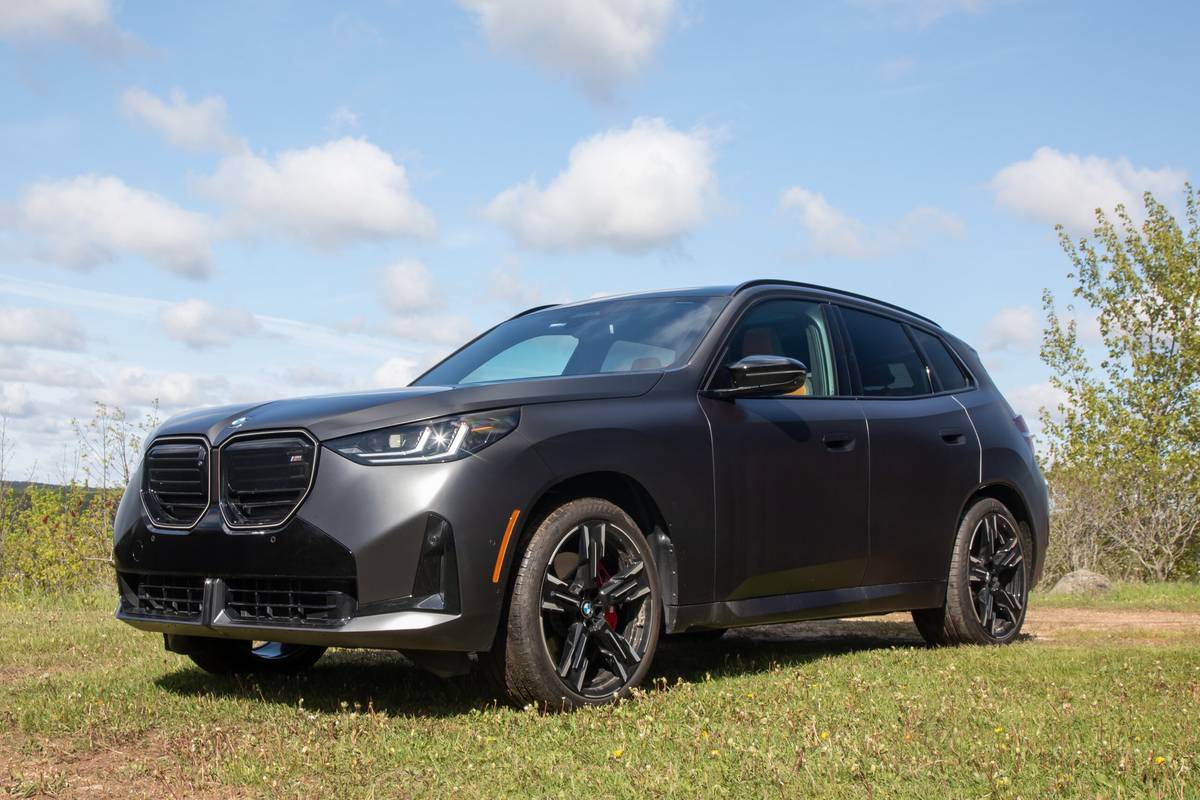washingtonpost.com's view
It doesn’t work.
That’s my conclusion after a week in the “all-new” 1999 Mercury Cougar.
It just doesn’t work.
The failure has nothing to do with function. The car, a front-wheel-drive sports coupe, runs just fine — albeit not with any prowess that would mark it as exceptional. It’s Ford Motor Co.’s “New Edge” design theme that flops — at least with this model.
New Edge is Ford’s attempt to recapture lost youth — that is, young people who are no longer buying Ford products, which is why the Cougar, as we once knew it, was interred a year ago and then resurrected in its current form.
New Edge is, well, edgy — an architectural refutation of all of that aerodynamic roundness that characterized cars of the mid-1980s and the 1990s. The rounded approach was based on another concept — “form follows function,” with the function being a car’s ability to move through the wind with little resistance, thereby enabling it to gain more miles per gallon.
New Edge, by comparison, seems to pay homage to form alone. How else to explain the “Star Trek”-type slashes and creases that mark the car’s exterior, including totally out-of-the-blue creases in the upper portions of the new Cougar’s two side doors? How else to justify a techy instrument panel that, while initially interesting, quickly diminishes in appeal because of the thin, almost textureless vinyl skin covering it and portions of the adjoining interior door panels?
Ford’s official answer is this: “The 1999 Cougar gives Mercury a one-of-a-kind, stylish, fun-to-drive entry in the small specialty segment aimed at attracting new customers to showrooms and enhancing Mercury’s image among younger customers.”
Perhaps, at 50, my biases are those of an age group Ford isn’t considering for its born-again Cougar. But how does that explain street reaction to the car?
The only people who went “wow” over it were preteens who can qualify for neither a driver’s license nor a car loan. The twentysomethings saw the Mercury badge and returned, without comment, to their decidedly more conservative Hondas and Toyotas. The 30- to 40-year-old crowd was more turned on by the two-door Mazda Miata, BMW Z3, Chevrolet Corvette and almost any sport-utility vehicle.
And the fiftysomethings? Well, I sure as heck don’t claim to speak for all of them. But typical of their comments was this one from a State Department employee in Northern Virginia: “That’s the new Cougar? Man, they shrunk it! Who do they expect to fit into that thing?”
In truth, the new Cougar can accommodate a variety of body sizes — the smaller the better. The car’s steeply raked roofline challenges the heads of taller types. Its sculpted front cabin better befits people who understand the meaning of “diet.” And its rear seats are for short people who understand the meanings of “diet” and “exercise.” Other than that, it’s an okay car.
For the record, the base model comes with an in-line 16-valve four-cylinder Zetec engine tha t produces 125 horsepower at 5,500 rpm and 130 pound-feet of torque at 4,000 rpm. The test car was equipped with the optional 2.5-liter, 24-valve Duratec V6, which bumps the numbers up to 170 horsepower at 6,250 rpm and 165 pound-feet of torque at 4,250 rpm. A five-speed manual transmission is standard, but a four-speed overdrive automatic is also available.
Latest news



